Antimicrobial Resistance (AMR) is a critical emergency public health issue that has threatened the achievements made till today in the medicine sector. Antimicrobial resistance takes place when bacteria, fungi, viruses change over time and become unable to respond to medicines, making infections harder to treat and increasing the spread of diseases. These infections can survive in the body without appropriate treatment and resistant bacteria can spread to other individuals, animals and in the environment.
AMR does not only impact the health of the people, animals and the environment but it also has a serious impact on the economy and development of a country. According to the World Health Organization (WHO), at present, approximately 700,000 individuals die every year because of drug resistant diseases, with a large portion of the immediate and backhanded effect falling on low-and middle income countries. A 2017 World Bank report says that by 2030, AMR could make a worldwide economic loss amounting to around $ 3.4 trillion every year, more troublesome than that of the 2008-09 economic crisis. The World Health Organization has declared AMR to be among the top 10 global health threats.
It cannot be addressed by single, isolated interventions. The inappropriate use of antibiotics by individuals together with the use of antibiotics in industrial-scale farming to produce protein-rich diets for feeding the increasing human population, and the discharge of antibiotic residues and genes into the environment creates greater selection pressure for resistance among pathogens. An integrated approach, along with coordination among multiple sectors and relevant stakeholders from human health, animal health and environmental health, is required to tackle this problem. An integrated approach is needed as most of the classes of antimicrobials that are used to treat bacterial infections in humans are also used in animals. Given the important and interdependent human, animal, and environmental dimensions of antimicrobial resistance, the government has committed to adopt a ‘One Health approach’ to tackle this problem.
Nepal is one of the contributors of the developing burden of AMR because of the broad irrational use of antibiotics in human health, animal health and environment. The major significant causes of rise of AMR in humans are overuse, misuse and self-medication practices, apart from the lack of well-prepared health facilities. Moreover, most patients are prescribed more than one antibiotic without bacterial confirmation or susceptibility testing. Sometimes antimicrobials are regularly prescribed/recommended even for conditions that do not require antibiotics. Colds, coughs and diarrhoea are some examples. Self-medication is common practice in Nepal, and patients have less compliance to the given dose of treatment. Pharmaceutical companies with personal stakes offer incentives to doctors to recommend “their” brand of medications.
Most antibiotics are getting less compelling because of the development of partial resistance by bacteria. On the contrary, poor husbandry practices with inappropriate infection prevention and control (IPC), absence of awareness on good management practices (GMP) and prudential utilization of antibiotics have added to development of AMR in the animal health sector. Antibiotics are utilized improperly in cows, pigs and poultry as growth promoters and to limit production losses.
Pharmaceuticals, including antibiotics, can enter the environment through a variety of channels including manufacturing sites and improper waste management. Humans and animals constantly exchange pathogenic or non-pathogenic bacteria, with or without resistance to antimicrobials and these bacteria can easily spread into the environment.
In Nepal, AMR receives less attention compared to other public health priorities also due to ineffectively implemented laws or the absence of guidelines for Antimicrobial Use. Nonetheless, some policy measures are in place to tackle AMR. The Nepal Health Sector Strategy (2015–2020) has identified growing antibiotic resistance as a public health challenge, and has consolidated an action plan on antimicrobial resistance regulation as a critical intervention to reinforce the quality health system, while aiming for improving the quality of care at the point of delivery. Nepal formulated the National Antimicrobial Resistance Containment Action Plan in 2016.
Nepal is one of the contributors of the developing burden of AMR because of broad irrational use of antibiotics in human health, animal health and environment.
The National Health Policy of Nepal (2019) has prioritized AMR as an important public health issue and has stressed the need to implement the revised National Action Plan (NAP) on AMR endorsed in 2019 to decrease AMR and successfully regulate and control antibiotic use through multisector cooperative action. The NAP-AMR is aligned with the Global Antibiotic Resistance Partnership (GARP) where activities are identified under the strategic interventions of each of the five strategic objectives—to improve awareness and understanding of AMR, to strengthen knowledge through surveillance and research to reduce the incidence of infection, to optimise the use of antimicrobial agents in health, animal and food sectors, to develop an economic case for sustainable investment that considers the needs of all countries, and to increase investment in new medicines, diagnostic tools, vaccines and other interventions.
World Antimicrobial Awareness Week (WAAW) is being observed from November 18-24 across the world. It aims at increasing awareness of global antimicrobial resistance. This year’s theme is “Spread Awareness, Stop Resistance” and the overarching slogan will continue to be ‘Antimicrobials: Handle with care. This campaign will spread awareness among the stakeholders, healthcare professionals, policymakers and the public to recognize that anyone can be a champion in antimicrobial resistance awareness.
Antimicrobial resistance will create an unprecedented challenge to public health if the country doesn’t act to address this problem. There is low awareness, knowledge and understanding of AMR among general people as there is overuse, misuse and self-medication practices, which have contributed to the rise of AMR in humans, animals and the environment.
Nepal has already endorsed and committed to ‘one health’ approach to tackle AMR. Now it is important for local, provincial and federal governments to promote one health approach forward. It is getting late to take action to avert this health crisis. If we don’t act to avert the AMR threat now, we will fall into a grim post-antibiotic future. The time to act is now.
(The article has been published on Nepal Live Today).



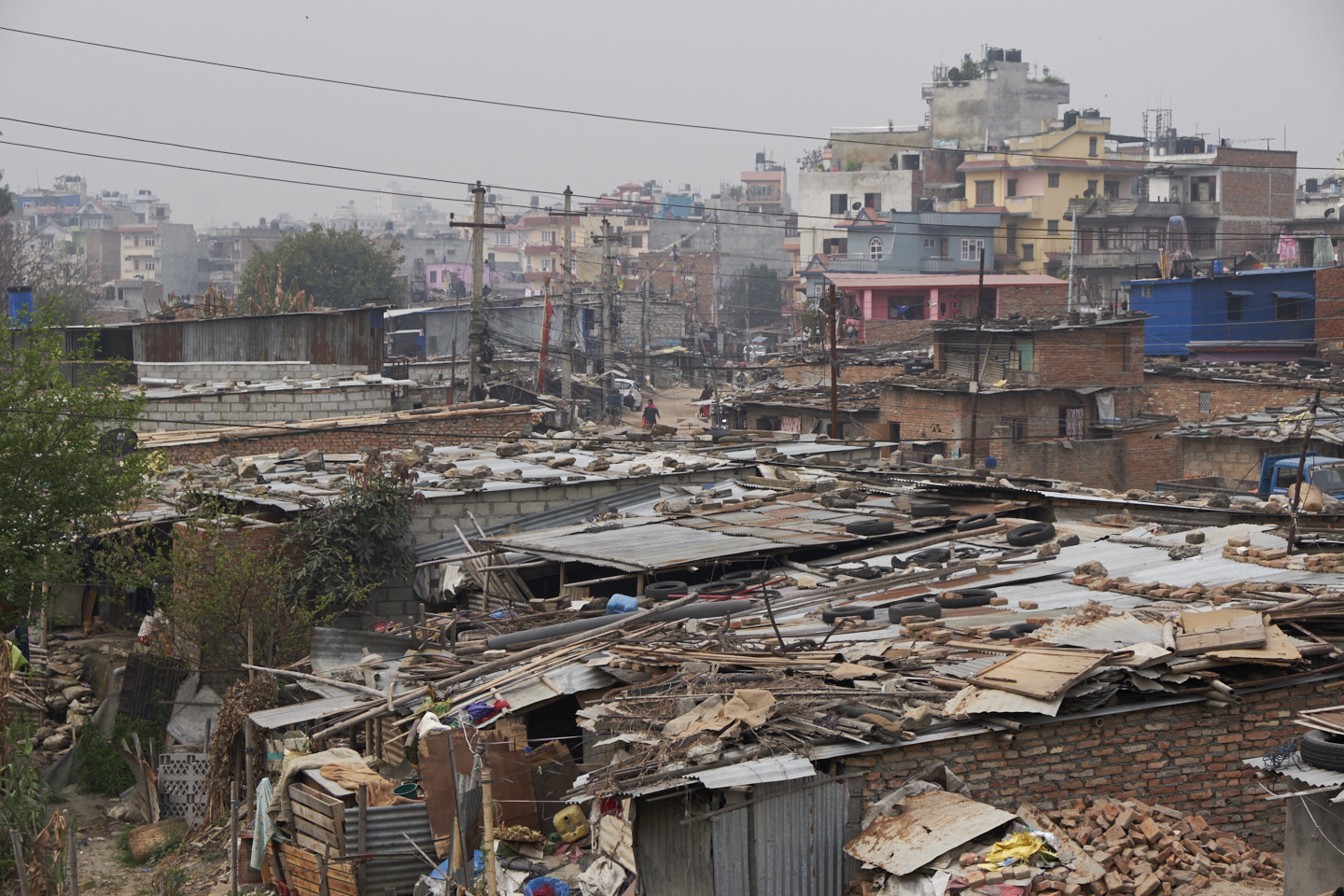

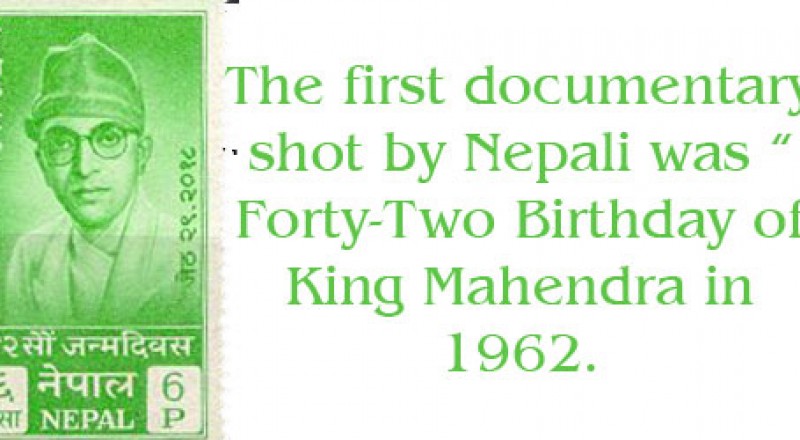

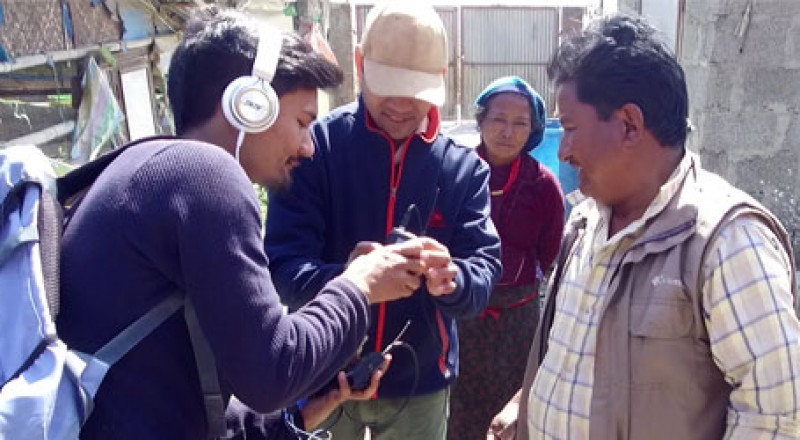

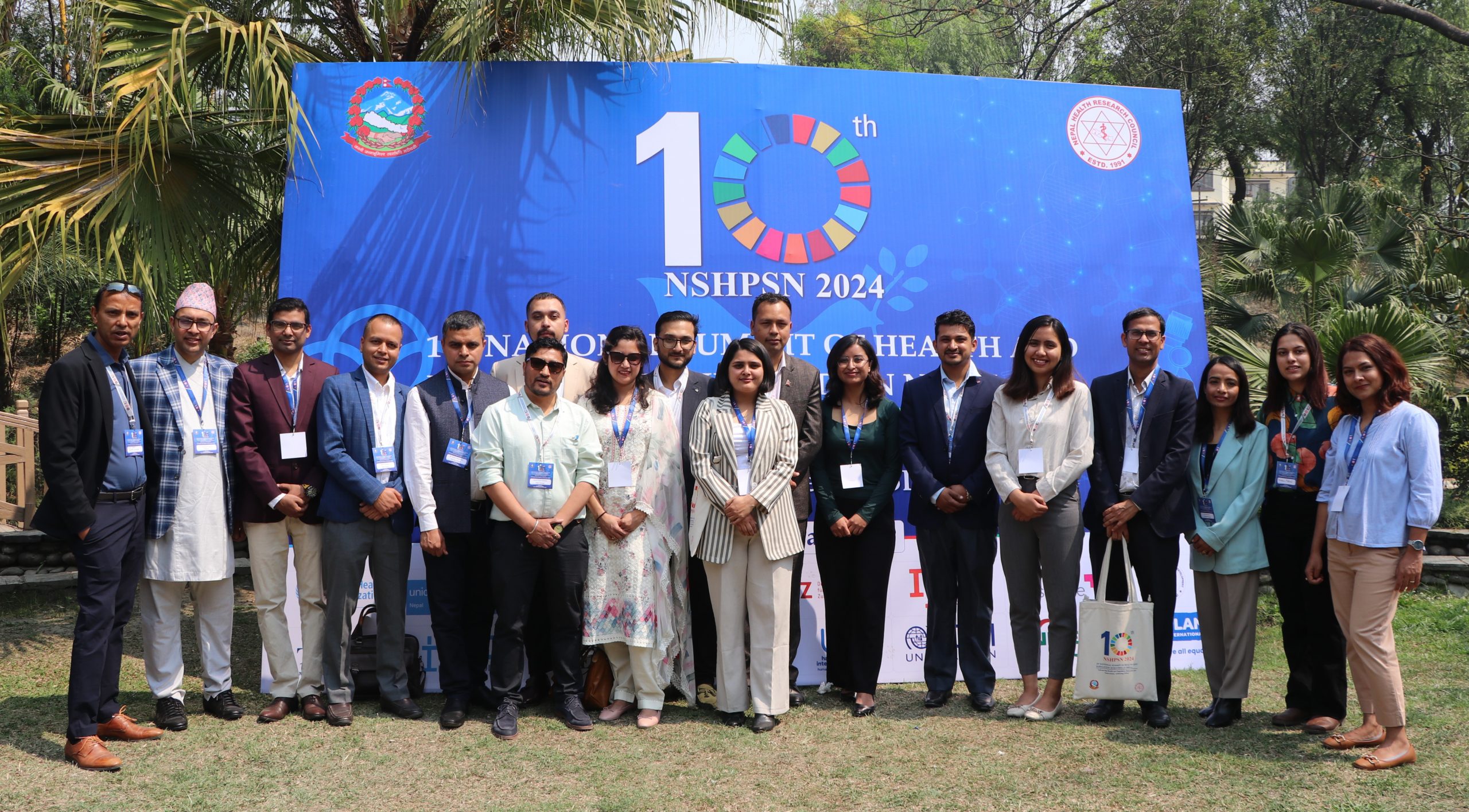

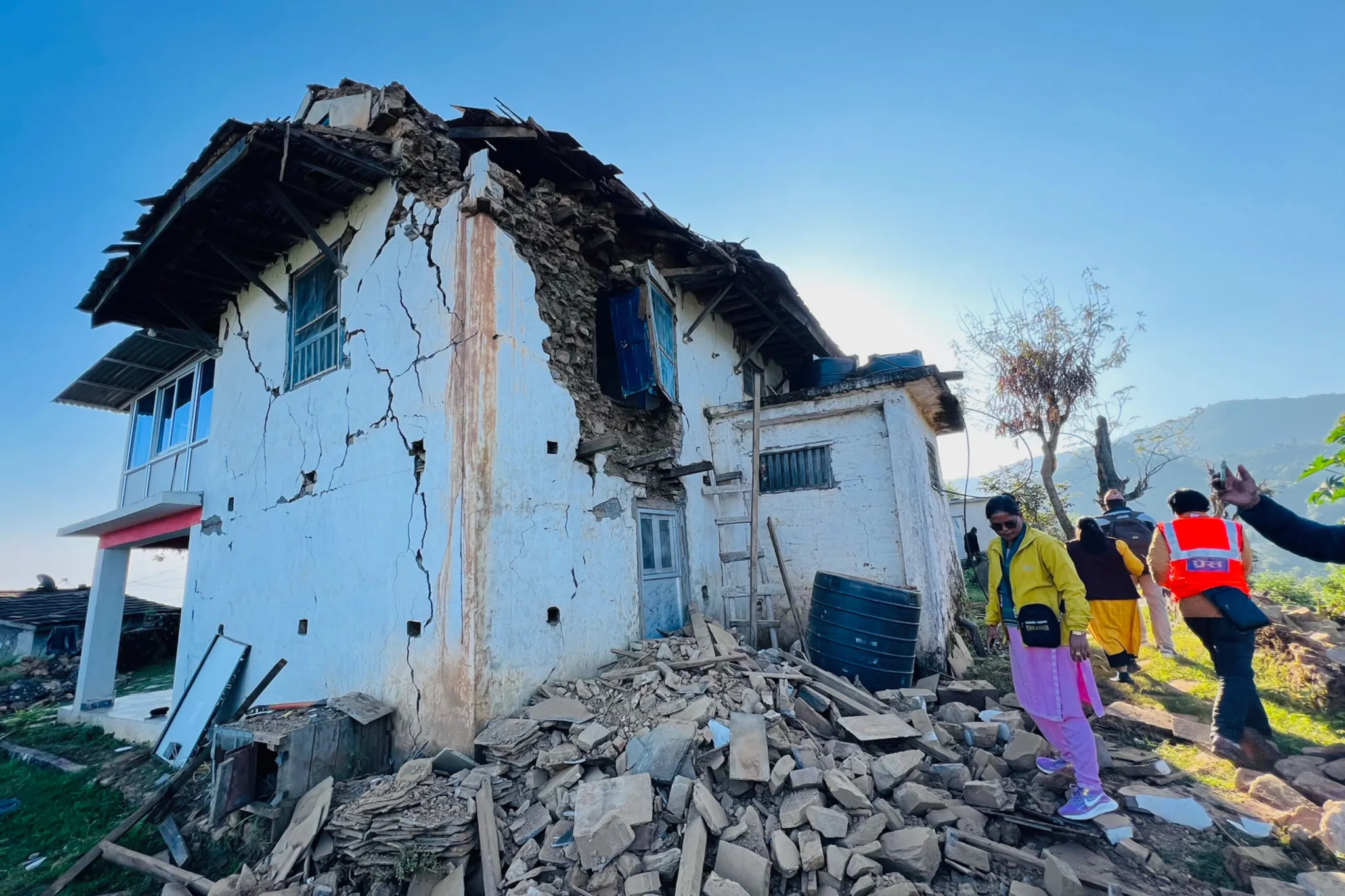

Comments (0)
No comments found.